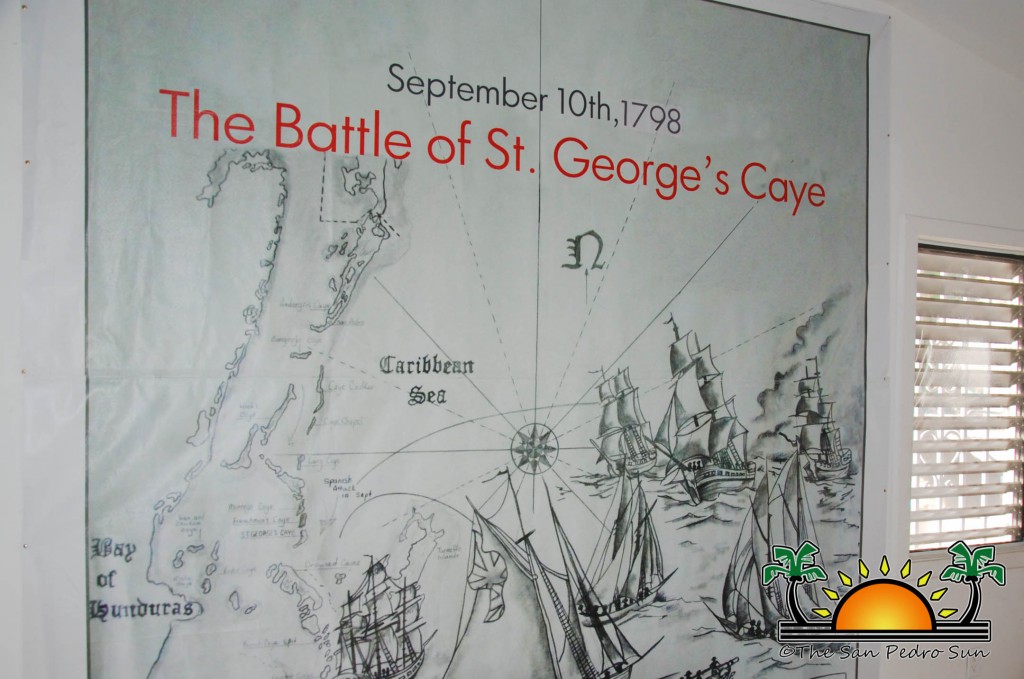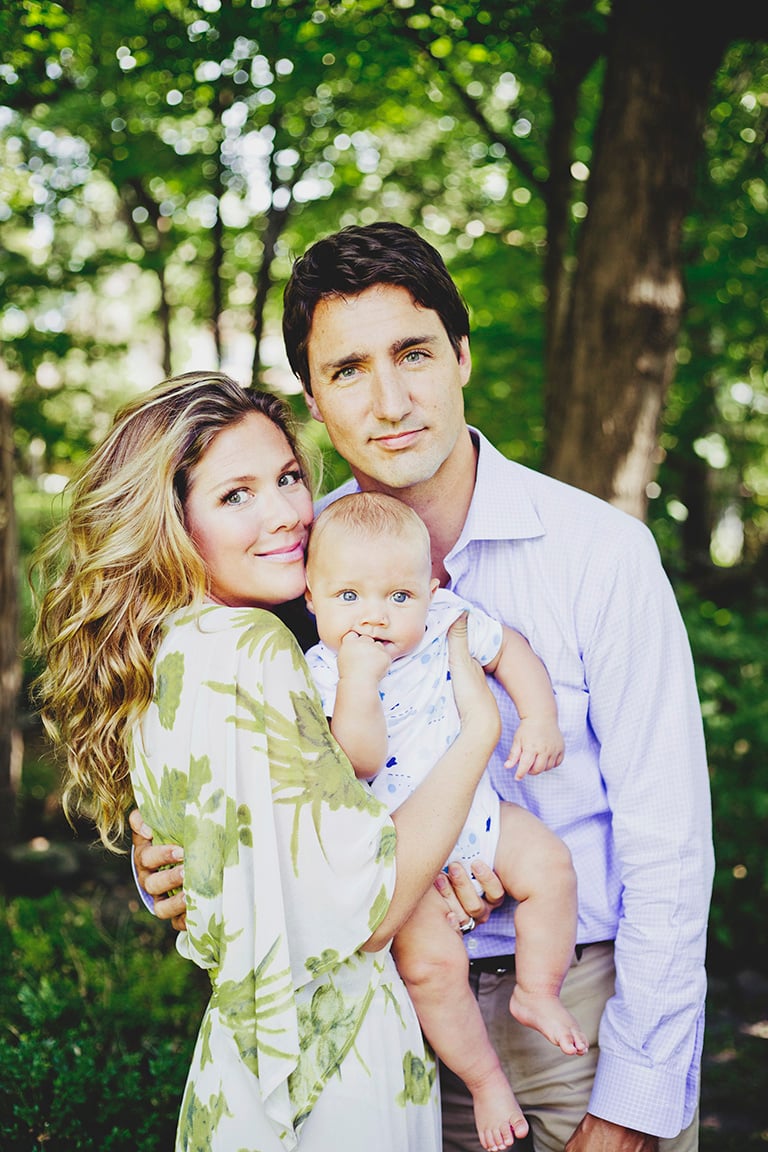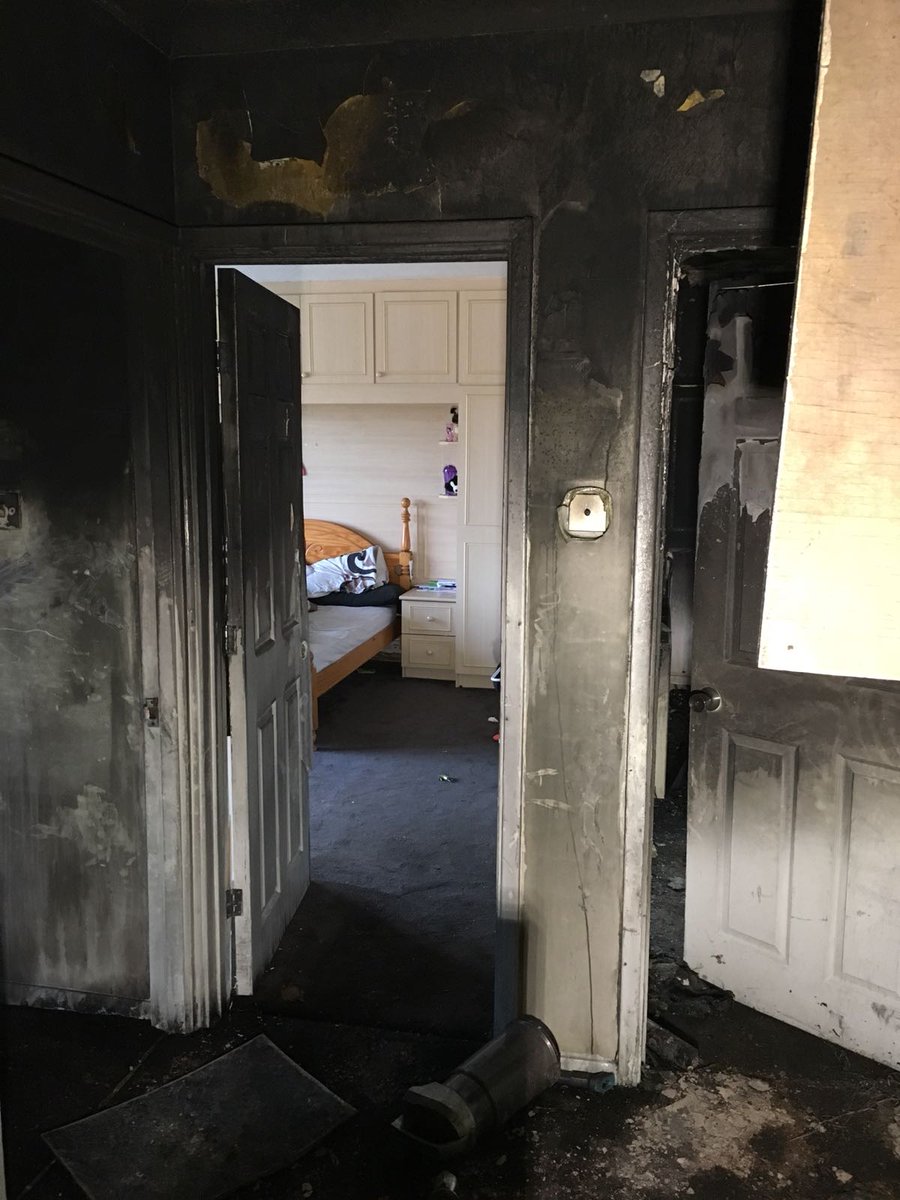Table of Content
Thank you for volunteering at Saint George's Hawthorne Cemetery. Receive email notifications when there are new photo requests. I agree to canada247.info Terms & Conditions, including to not write false reviews, which is in many cases against the law.

This was also the site of many school Christmas concerts. Bambrick retired in 1967 and died two years later in April, 1969. He was interred in a family plot at Notre Dame Cemetery. In the early years, the parish school was located in the church basement. Over a period of time, problems mounted and parents were choosing to send their children to public schools.
Father Michael O'Neill (1933- oversees a tremendous growth in the parish while fighting illness
They came to live in the parish in 1941, residing at St. Michael's Convent, then a brick house on Piccadilly Ave., from where students were also given private piano lessons. In the early 2000s, the Grey Sisters sold the building to a non-profit group. For the first months, starting on 30 September 1923, masses for the new parish community were celebrated at the Sisters of the Visitation Convent. The parish rented the convent chapel for a year until a new church was built.
O'Neill remained the parish priest until his death in 1951. During these years St. George's experienced tremendous growth. Following his funeral mass at St. George's, his remains were interred in St. James parish cemetery, Eganville, his home town. The headstone inscription says that the stone was donated by the parishioners of St. George's Church in Ottawa.
St. George’s Receiving Home in Ottawa
While this was happening, church attendance and revenue were declining as older parishioners died or moved out of the neighbourhood. Father Michael O'Neill, from Eganville, Renfrew County, was appointed to succeed Msgr. Father O'Neill oversaw the building of a new parish school in 1939 and during the years of World War II from 1939 to 1945, he was called upon to console the families of victims of the war. Father O'Neill suffered from a severe illness and had to delegate many of his responsibilities during the last several years of his life. Murray was the Curate who capably took over the parish, and was later joined by the newly ordained Fr. With over 600 families and a 600+ student school to minister to, it was a heavy workload.
He was also the spiritual director of the Catholic Women’s League. In 1961, he was appointed pastor of Saint Elizabeth's in Cantley. When he returned to the parish as pastor, many parishioners had fond memories of his time at St. George's, almost 25 years earlier. Such was his popularity that his appointment also resulted in a surge of attendance from parishioners of other churches. In 1979, following the announcement of Project 4000, Msgr.
George St UNIT 205, Ottawa, ON K1N 1J8
Some of our residents also work for the University. Spanning the city block of Henderson Avenue, St. Georges is a not profit mixed income coop comprising 69 red brick townhouse style units and apartments and five wheelchair accessible units. St. Georges also has indoor and outdoor parking and a meeting room for members’ use.
O'Neill urged the parishioners to prepare accommodation for the thousands of visitors coming from all parts of North America to witness this week of prayer. In front were benches enough to seat 75,000 people. Estimates of attendance vary from 100,000 to 250,000.
The St. George is a community of more than 200 residents and commercial businesses. There are 117 residential units on floors three through twenty-five. Commercial space occupies the second floor with the commercial lobby on the ground floor. The third floor has recreational facilities including a pool, sauna, exercise room, large outdoor patio, and the guest suite.
In 1906, a parish hall was erected by the congregation. Bishop John Charles Roper consecrated St. George's, Ottawa on October 14, 1928. In 1960, St. George's marked its 75th anniversary and the centennial was celebrated at Easter of 1985 for which major renovations to the church and parish hall were undertaken. One of his first initiatives as pastor was the construction of a link between the church and rectory.
John O'Neill, who served as the first assistant to Msgr. Prudhomme, was the prime organizer of the Congress. Its purpose was to celebrate the centenary of the Archdiocese of Ottawa and to pray for lasting peace in the world. Although now largely forgotten, in its day it was the largest religious conference in North America. O'Neill delivered the first of a series of sermons on the Marian Congress, which he gave in every parish in Ottawa. The Marian Congress was held from June 18 to 22, 1947.
The school became inadequate and by 1937, a report to the Archbishop described "improper heating and lighting, extreme lavatory shortage and overcrowding". In August 1939, a new school officially opened next to the church. It was dedicated by Archbishop Guillaume Forbes. H.J. Morin, whose family belonged to St. George's, was the architect.
From here, children were placed with Catholic families. As Ontario was largely a Protestant province at that time, many of the children were sent to Quebec to French-speaking families. Your account has been locked for 30 minutes due to too many failed sign in attempts. Please contact Find a Grave at if you need help resetting your password.
A longtime chaplain of the Ottawa police, Msgr. Donegan undertook the police prayer campaign where individual parishioners were matched with a police officer. He also instituted an annual Lenten project in aid of Mother Teresa’s worldwide charities. This activity raised over 113 thousand dollars by 1993. Donegan resumed his position as director of the CWL, which he held previously from 1950 to 1961.
Location of originals
Feichtinger has raised devotion to the patron saint, building a shrine to St. George in the new church extension and using an image of St. George as the parish logo. Gerald Donegan returned to the parish for the 50th anniversary of his ordination. He laid in state at St. Patrick's Basilica downtown, his original home parish.
In the period up until 1917, when wartime conditions suspended the emigration of children to Canada, the number passing through the St George's Home totalled around 300. There was a resurgence in emigration after the war, with as many as 400 children a year being placed by the home. This stalled in 1925, however, when new regulations required that only children aged fourteen or over could be admitted to Canada. The Great Depression of the early 1930s also contributed to the decline. We are pleased to be the closest co-op to the University of Ottawa, which is located just around the corner from our quiet one way street.




























